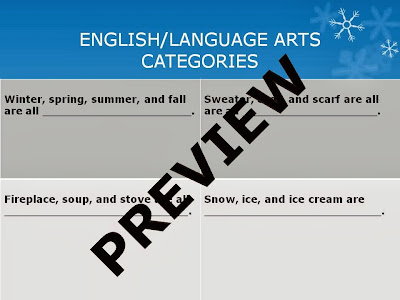Children diagnosed by an audiologist with a pediatric hearing disorder may have hearing disorders ranging from mild to severe hearing loss. The hearing loss may be unilateral (present in one ear) or bilateral (present in both ears). Parents often feel varied emotions when they find out that their child has a hearing loss. However, it is important for them to know that such a diagnosis does not prevent their child's ability to be successful in life. Instead, due to hearing limitations they may very well become more resilient than a typical child because they very likely will have a different path to learn how to communicate, academic content at school, social skills, and life skills.
I believe that it is important for parents with children with hearing disorders to take an active role in advocating for their child's hearing needs. This includes being proactive about selecting hearing aids for their child or connecting them with others in the Deaf community if their hearing can not be remediated by a hearing aid or cochlear implant. A cochlear implant is a device that is surgically implanted that provides direct stimulation of the auditory nerve in the inner ear that allows a person who is profoundly Deaf to hear. For more info about this implant you may click on this link: http://www.nidcd.nih.gov/health/hearing/pages/coch.aspx
Here is a picture.
As far as communication abilities for children who have hearing disorders, these skills range based on the severity of the hearing loss. Some children will have substantial hearing that enables them to acquire spoken language, others will learn to communicate via sign language, and some children will communicate verbally and with sign language.
A few years ago, I worked at a middle school where I provided speech-language services for children who had varying degrees of hearing loss. They communicated verbally, with American Sign Language (ASL), and Signed Exact English (SEE). The teachers who taught them were excellent educators who were able to teach them not only the academic content, but also provided valuable tools to improve their confidence as a middle school student who was Deaf or had a hearing disorder. They taught the students that despite their hearing challenges, they can still strive for excellence in all that they do. I enjoyed providing speech-language services for these students. In graduate school, I took courses in American Sign Language and then I took refresher courses that were offered through my church's Deaf and Hard of Hearing Ministry while working at the school. It was a joy for me to assist my students improve their communication and language skills they needed to succeed at school and in life. I recently saw one of my students who is now in high school at a community Nutcracker ballet recital. We were both excited and surprised to see each other and communicated with sign language. I was happy to hear that she is now a senior and is doing well in school.
Working with children who are Deaf or have hearing loss is a special opportunity to plant seeds that will have long lasting blossoms.
For more resources about Pediatric Hearing Disorders, please visit these links:
http://www.nidcd.nih.gov/health/hearing/Pages/Default.aspx
American Society for Deaf Children (ASCD)
Alexander Graham Bell Association for the Deaf and Hard of Hearing
Have an exceptional week!
Sincerely,
Tamara Anderson, Ed.S., CCC-SLP
Speech Language Pathologist





















